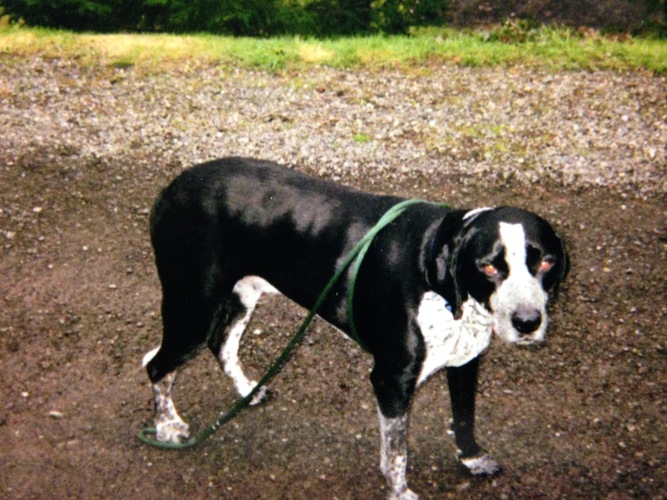

A Humane Way of Dealing with Separation Anxiety
Written by: Jane Williams for the Halifax Humane Society
If you have just adopted a dog and every time you leave the door, he grows severely distressed, he may have separation anxiety: an issue affecting around 20% of America’s 80 million dogs. Typical symptoms include howling, barking, and panting, as well as doing his ‘needs’ indoors. It is vital to understand that your dog is not trying to get back at you for leaving when he behaves this way; rather, he is feeling authentic anguish that could be harming his health. If you suspect your dog is battling separation anxiety, the first step is to take him to a veterinary behavior specialist. The latter may recommend treatment, as well as one of the following complementary ways to quell distress in your dog.
Desensitization Training is Key
This type of training aims to reduce anxiety in your dog by getting him to understand that no matter how many times, or how long you leave the home for, you will always return to him. Start by recreating the scene when you leave home. Think of the signals that you are about to leave for work or the shops; if you usually pick up your keys, grab your coat, or take your child’s knapsack, do all these… then surprise him by sitting down on the sofa. Repeat this various times until it stops triggering panic in your pooch.
After this, you are ready to take a step out the door and close it behind you. Start with a few seconds, coming back and reassuring him every time. Little by little, over a period of various days, leave for longer periods… a few minutes, an hour, a couple of hours and as follows until he is totally comfortable with the routine.
Crating Works for Some
Leaving dogs in a crate for a few hours is no doubt contentious; many say it provokes greater panic, so use this technique sparingly if at all. It is recommended to see how it works for your dog; you can even use a video camera to check out how he does when you leave him in his crate. If you notice any signs of anxiety, chewing or trying to escape, this method is definitely not for your pooch.
Technology to Quell Anguish
Technology is being used to heal various human physical and mental ailments these days, and there is no reason why it can’t help out your dog. Many owners are relying on pet cameras, which allow you to talk and listen to your pet and check out how he is doing throughout the day.
Special garments also exist, such as soothing thunder vests, which exert a very gently pressure on your dog’s body, wielding a similar effect that a swaddling blanket has on babies.
You might also like to tap into the power of essential oils such as lavender, found to have a relaxing effect in limited studies.
If your dog gets severely distressed when he is left alone, a veterinary behavioral therapist will be able to give you valuable advice and prescribe the treatment that will work best for him. Don’t be shy, however, to try out complementary therapies such as desensitization, communication throughout the day via new devices, and soothing garments and essential oils. Be patient; you’ve got this! And you also have the unconditional love of ‘someone’ whose only desire is to be with you as often as he can.
Jane Williams is a freelance writer who has donated her services to the Halifax Humane Society to benefit our community’s animals. Visit HalifaxHumaneSociety.org for additional information.